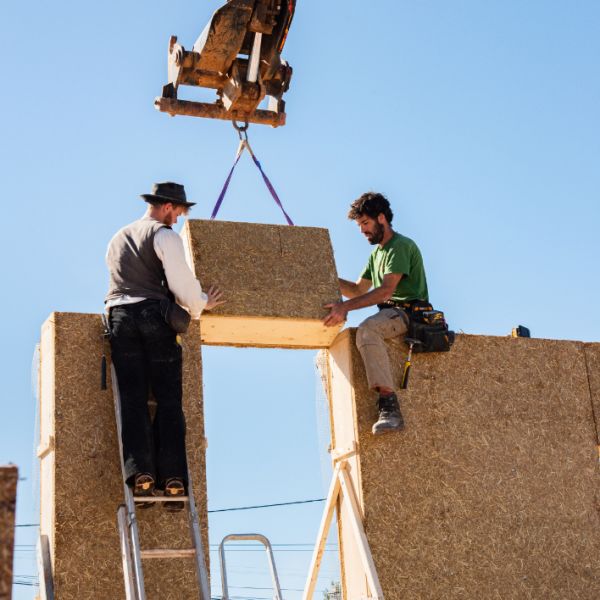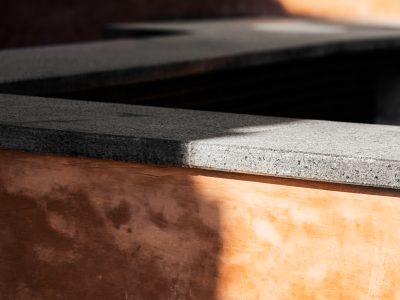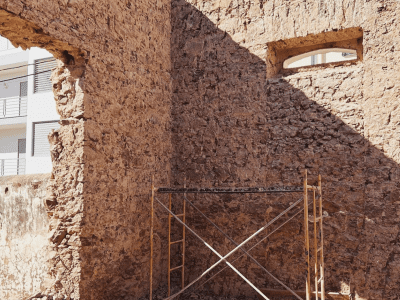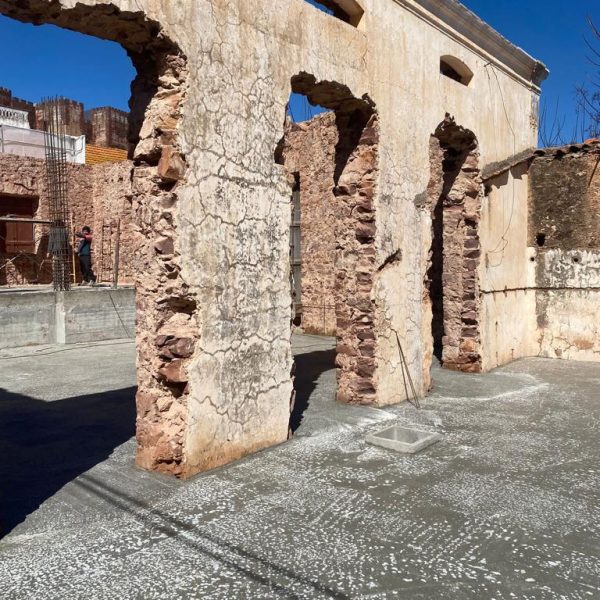Straw-bale Housing

Straw-bale Housing
Straw-bale walls are typically constructed by stacking bales of straw together and then covering them with a plaster or stucco finish.
The bales themselves provide excellent insulation, making them ideal for cold climates.
They are also fire-resistant and have a low carbon footprint, as they are made from a renewable resource.
Strawbale housing offers a sustainable, energy-efficient, and aesthetically pleasing alternative to conventional construction methods, with the potential to significantly reduce the environmental impact of building projects.
With collaboration from LJ Woodworks and Eco-Building.
More sustainable materials
We build eco friendly, sustainable houses in the Algarve with Bioclimatic principles.
With passive design techniques, we build drier homes, preventing mould formation for cleaner indoor air and healthier living conditions.
Our services expand 360º degrees. In addition to architectural services, we assist our client with:
- Habitation licence
- Architectural specifications
- Certificate A and A+
- Architecture acoustic certification
- A beautiful bioclimatic house like no other
Would you like to find out more? Click here





